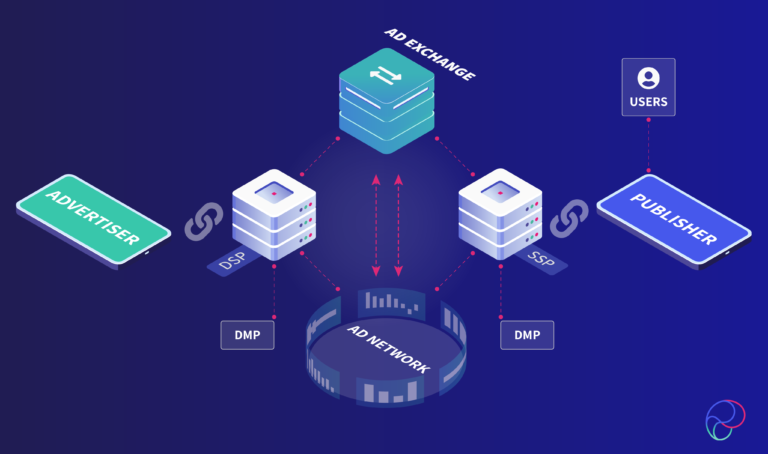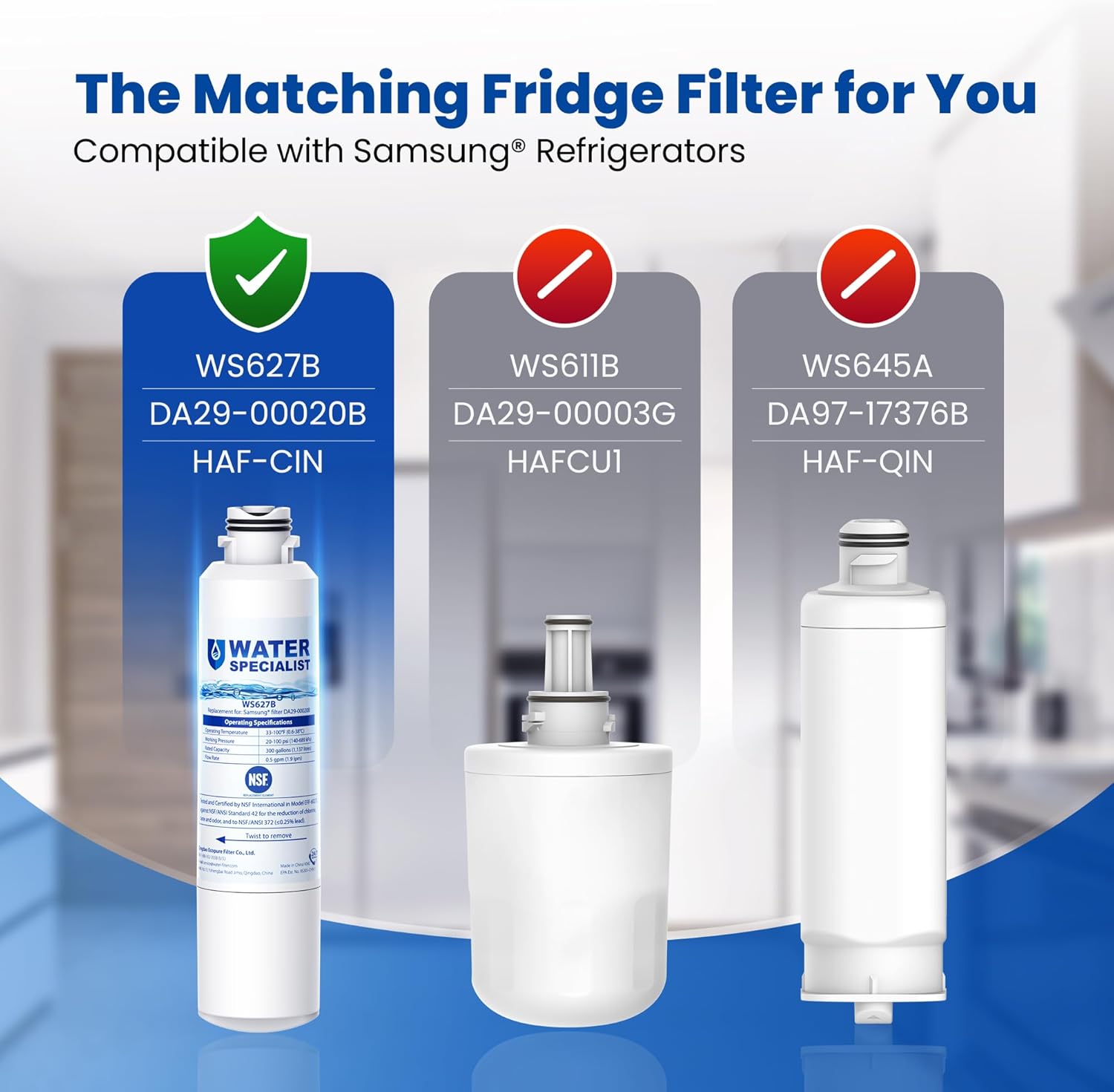The Ultimate Programmatic Advertising Guide to Higher ROI
Achieving a higher return on investment (ROI) is the ultimate goal for marketers in their advertising strategies. Programmatic advertising has revolutionized the way businesses approach digital marketing, making targeting smarter, processes more efficient, and campaigns more successful. Whether you’re new to the concept or looking to refine your strategy, this programmatic advertising guide will help you unlock its potential and drive better results for your campaigns.
What Is Programmatic Advertising?
Programmatic advertising is an automated process that uses data and algorithms to buy and place digital ads in real-time. Unlike traditional methods of ad buying, programmatic platforms rely on artificial intelligence and big data to make informed decisions about when, where, and to whom ads should be displayed. The ability to target specific demographics, interests, and behaviors sets programmatic advertising apart as a powerful tool for reaching the right audience at the right time.
Why Programmatic Advertising Is Essential for Higher ROI
Gone are the days of wasting ad dollars on broad, ineffective campaigns. Programmatic advertising ensures that every dollar is spent efficiently. By leveraging data, machine learning, and precise targeting, businesses can focus their efforts on high-value audiences, driving better engagement and conversions. This efficiency not only saves time but also maximizes ROI by reducing ad spend on irrelevant audiences.
For instance, programmatic advertising platforms allow you to target users based on location, browsing habits, purchase history, and even predicted future behavior. This level of granularity ensures that your ads are not just visible but highly relevant, increasing the likelihood of conversion.
How Programmatic Advertising Works
Understanding the mechanics of programmatic advertising is essential to making the most of it. Here’s a brief overview of how it operates:
- Demand Side Platforms (DSPs)
Advertisers use DSPs to buy ad space programmatically. These platforms use algorithms to bid for the most valuable ad placements in real-time.
- Supply Side Platforms (SSPs)
Publishers use SSPs to make their ad inventory available. The SSP connects with multiple DSPs to find the highest bidder for each ad slot.
- Real-Time Bidding (RTB)
RTB is the process of buying and selling ad impressions through auctions that happen in milliseconds. This ensures that advertisers only pay for impressions that meet their targeting criteria.
- Data Management Platforms (DMPs)
DMPs gather and analyze audience data to enhance targeting. They play a crucial role in ensuring that ads reach the right audience.
Creating a Successful Programmatic Advertising Strategy
To fully leverage the potential of programmatic advertising, a well-thought-out strategy is essential. Below are the key components of building a successful campaign:
1. Set Clear Goals
Defining your objectives is the first step toward a successful programmatic campaign. Determine what you aim to achieve—whether it’s increasing brand awareness, driving website traffic, or boosting sales.
2. Leverage Audience Data
One of the primary advantages of programmatic advertising is its reliance on data. Use first-party, second-party, and third-party data sources to build detailed audience profiles. This will help you deliver highly personalized and effective ads.
3. Use Dynamic Creative Optimization (DCO)
Programmatic advertising goes beyond just targeting the right audience—it also optimizes the creative elements of your ads. With DCO, you can automate the creation of ad variations tailored to different audience segments, ensuring maximum relevance and engagement.
4. Monitor and Optimize in Real-Time
One of the strengths of programmatic advertising is the ability to make adjustments in real-time. Monitor your campaign performance closely and tweak your strategy based on insights such as click-through rates (CTR), conversion rates, and cost per acquisition (CPA).
5. Choose the Right Platform
There are numerous programmatic advertising platforms available, each with unique strengths. Research and choose the platform that best aligns with your specific needs, whether it’s Google Display & Video 360, The Trade Desk, or another option.
Measuring the ROI of Programmatic Advertising
To gauge the success of your campaigns, you need to track key performance metrics closely. Here are some of the critical metrics to focus on:
- Impressions: The number of times your ad is shown to users.
- Click-Through Rate (CTR): The percentage of users who clicked on your ad after seeing it.
- Conversion Rate: The percentage of users who completed a desired action, such as making a purchase or signing up for a newsletter.
- Cost Per Mille (CPM) and Cost Per Click (CPC): Metrics that show the cost of reaching 1,000 users or each individual click, respectively.
- Return on Ad Spend (ROAS): The revenue generated for every dollar spent on advertising, a key measure of ROI.
How to Avoid Common Programmatic Advertising Pitfalls
Despite its advantages, programmatic advertising is not without challenges. Below are some common mistakes and how to avoid them:
- Ignoring Transparency
Work with platforms and partners that provide clear insights into where your ads are running and how your budget is being spent.
- Not Updating Targeting Parameters
Audience preferences and behaviors evolve, so your strategy and targeting criteria should adapt accordingly.
- Failing to Test Creatives
Experiment with different ad formats, visuals, and messaging to determine what resonates most with your audience.
- Overlooking Ad Fraud Risks
Mitigate risks by using tools that detect and prevent ad fraud, ensuring that your budget isn’t wasted on fake impressions or clicks.
The Future of Programmatic Advertising
Programmatic advertising is continually evolving, with innovations such as artificial intelligence, machine learning, and predictive analysis shaping its future. Additionally, as privacy regulations become stricter, businesses will need to find new ways to balance personalized ads with user privacy. Staying ahead in this dynamic field will require marketers to adapt quickly and adopt best practices outlined in this programmatic advertising guide.
Final Thoughts
By using the techniques and strategies detailed in this ultimate programmatic advertising guide, you can harness the full potential of data-driven advertising to achieve higher ROI. Programmatic advertising allows businesses to target audiences more effectively, save time, and make smarter decisions, resulting in campaigns that not only reach the right people but do so at the right moment. Whether you’re just starting out or looking to refine your approach, programmatic advertising offers limitless possibilities for improving your marketing efforts.














Post Comment